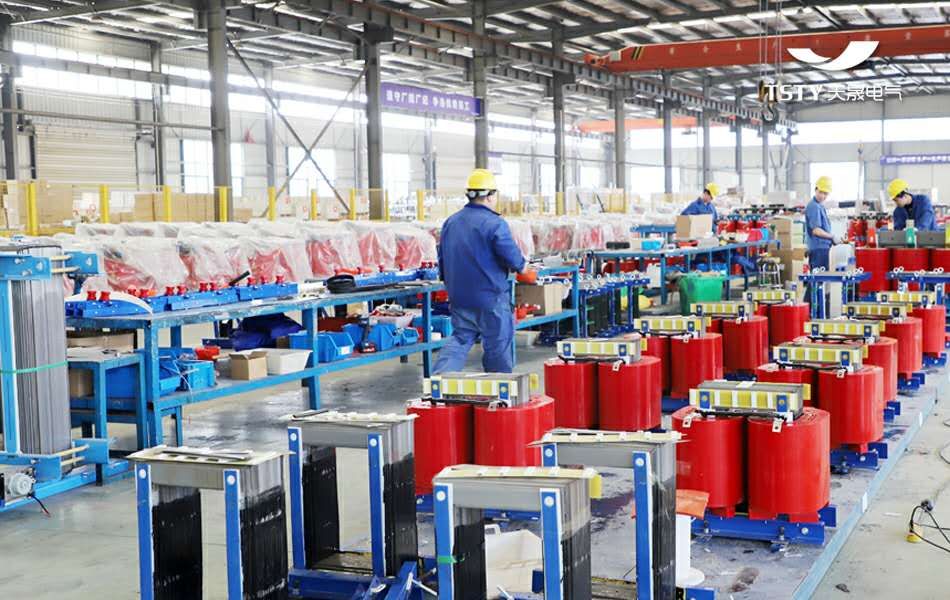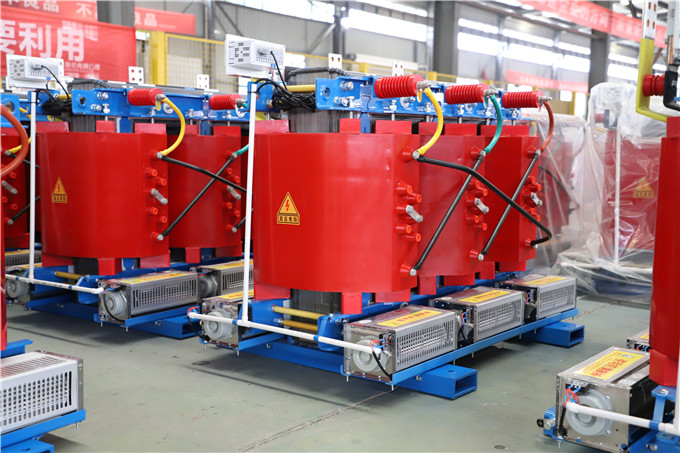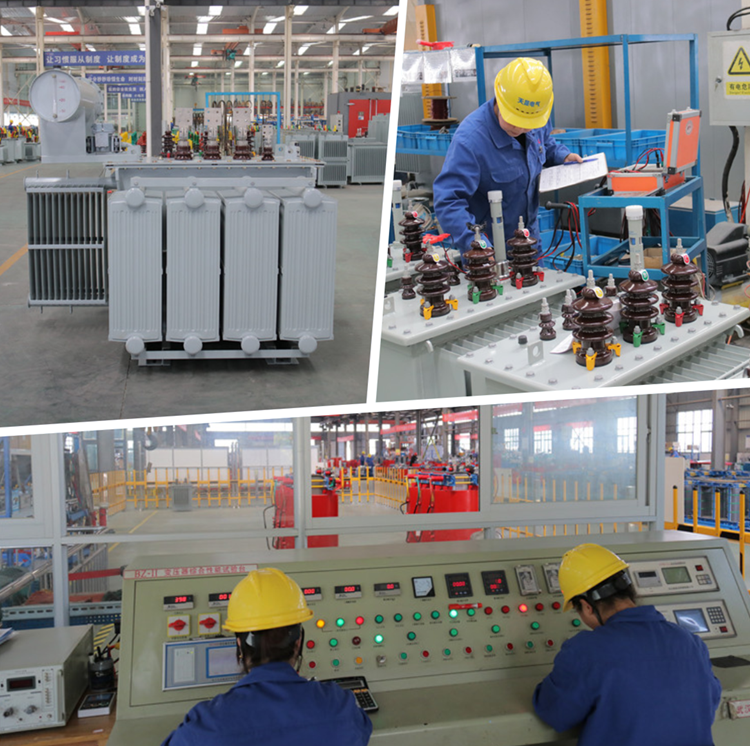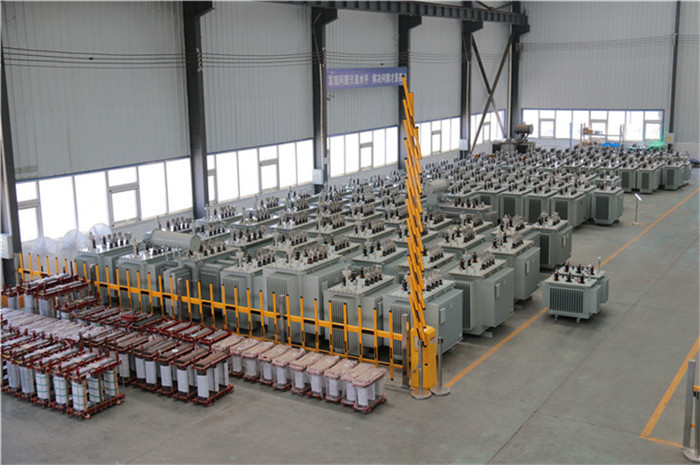Selection of dry-type transformer and oil-immersed power transformer


1. About dry-type transformers
Dry-type transformers refer to transformers in which the core and windings are not immersed in insulating oil. Dry-type transformer cooling methods include natural air cooling (AN) and forced air cooling (PF). There are two types of dry-type transformer structure: fixed insulation encapsulation (SCB type) and unencapsulated winding structure. From the relative position of the high and low voltage windings, there are two types: concentric and overlapping. The concentric structure is simple and convenient to manufacture. Most dry-type transformers adopt this structure. The overlap type is mainly used in the manufacture of special transformers.
2. Dry-type transformer specifications
Take the SCB-11-1250KVA/10KV/0.4KV dry-type transformer as an example to explain the meaning of the dry-type transformer model: In the above model specifications, S represents a three-phase power transformer, and C represents that the transformer windings are resin molded solids. In the position of letter C, G indicates that the outer insulating medium of the winding is air, B is the parking winding, in the position of B, R indicates the winding winding, 11 is the serial number, 1250KVA is the rated capacity of the transformer, 10KV is the rated voltage of the primary side of the transformer, 0.4 KV is the rated voltage of the secondary side of the transformer.
3. Technical parameters of dry-type transformers
The technical parameters of dry-type transformers are: noise coefficient is less than 30dB.
4. Dry-type transformer operating environment requirements
The environmental requirements for dry-type transformer operation are as follows: Altitude below 1600 meters (under rated capacity )

The advantages and disadvantages of dry-type and oil-immersed transformers
In terms of cost, dry-type transformers are more expensive than oil-immersed transformers. The capacity of oil-immersed transformers is larger than that of dry-type transformers. Dry-type transformers are required in underground floors, floors and densely populated fields. Oil-immersed transformers are used in independent substations. Dry-type transformers are generally used in box-type substations. When the space is large, use the oil-immersed transformer, and when the space is crowded, use the in-type transformer. When regional climate conditions are relatively humid, use oil-immersed transformers. Use dry-type transformers in places that require "fire and explosion protection". Dry-type transformers can withstand loads worse than oil-immersed transformers. Dry-type transformers should be operated under rated capacity. The oil-immersed transformer allows short-term overload.


